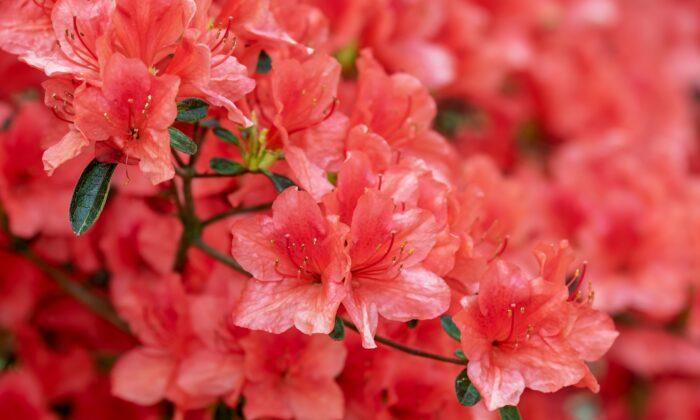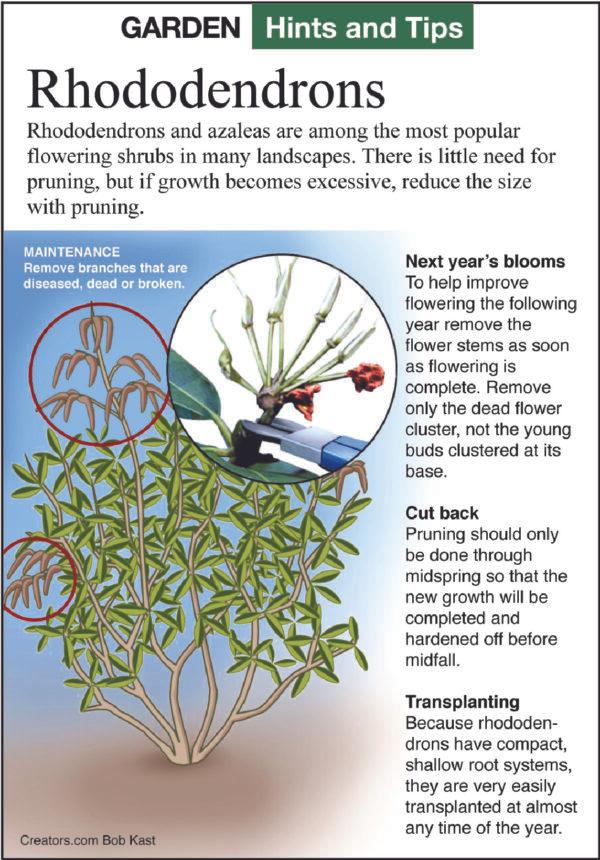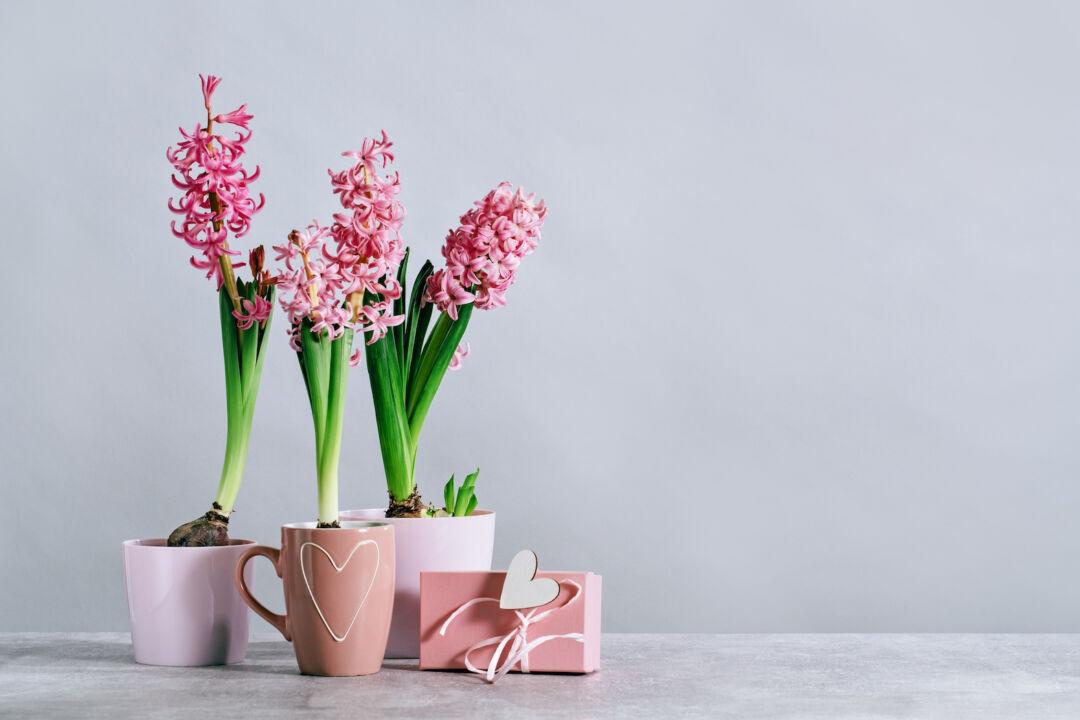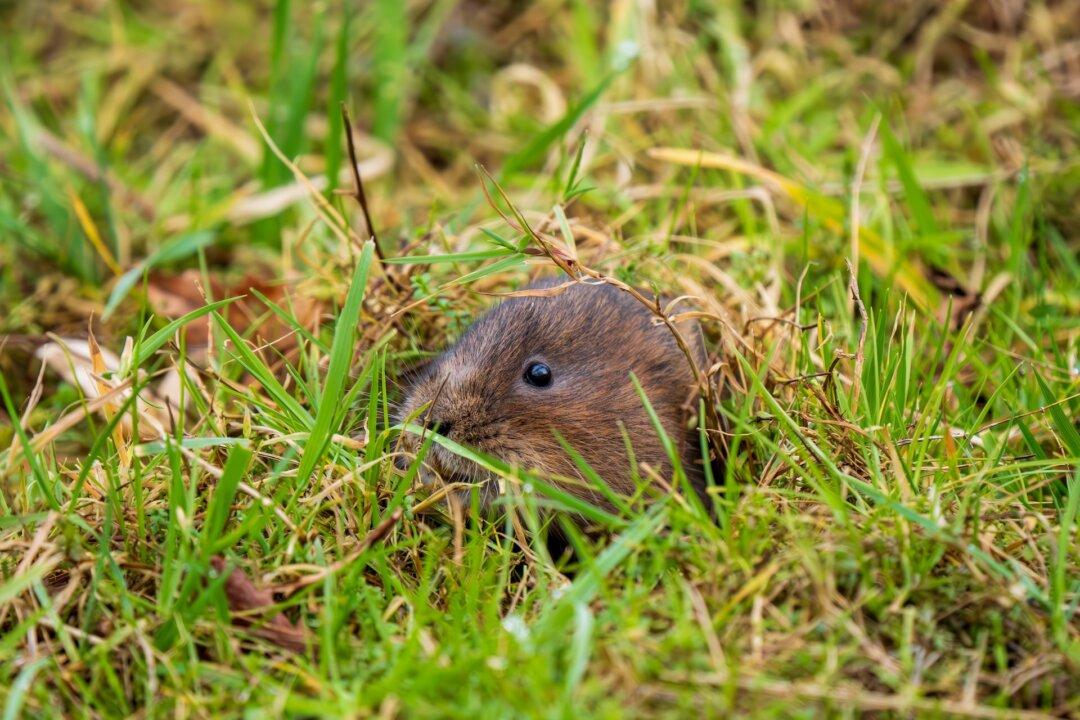Plants in northern climates are supposed to go dormant in the fall, survive the cold, and then break dormancy as the weather warms up in spring. Some species and some individual plants are occasionally fooled by stress caused by drought, root damage, or insect damage. These plants come out of their dormancy prematurely or in the wrong season because of a mix-up in the ratios of their auxins.
Rhododendrons and magnolias are two species that commonly have plants that have some flowers blooming in the late summer or fall instead of the normal spring timing. Some plants do this because of genetic changes and can become new varieties, such as the reblooming lilacs sold by Proven Winners in their Bloomerang series.
If the normal spring-flowering buds are used up in the summer, the plant may grow new ones by fall and bloom somewhat normally in the spring, but your plant is blooming so late that only the flower buds that didn’t bloom will be able to bloom next spring. I don’t know what triggered your plant to bloom, but if there was something that you think could have stressed the plant for a while that caused it to break dormancy, let me know.
I think the best choice for your garden would be the addition of compost. Using different kinds each spring or every other year will help create a healthy soil full of nutrients. Don’t use manure-based compost because the root vegetables could be contaminated. Keep an eye on the root vegetables, as soil pests for one will be pests for all, and soil pests tend to persist from year to year. If a problem develops, then it may be necessary to remove some soil in that area.
Continue rotating as best you can, and I think your garden will be fine.






